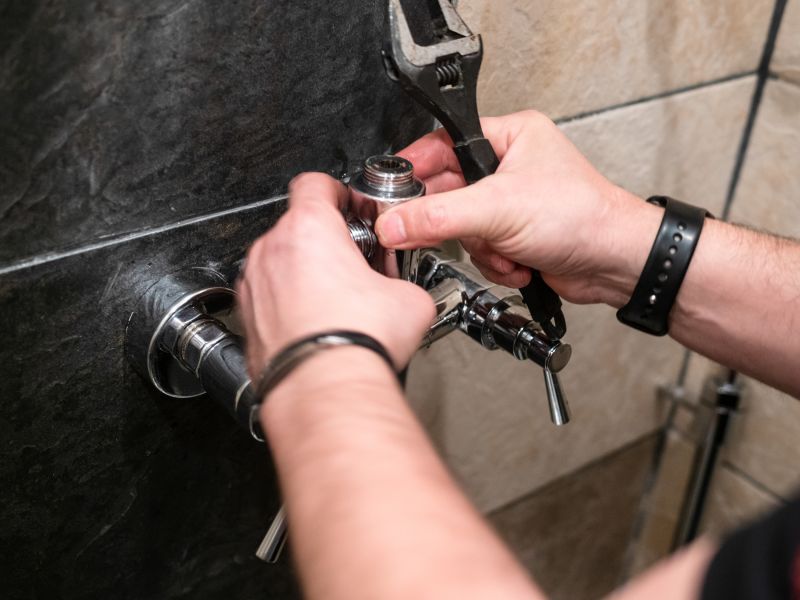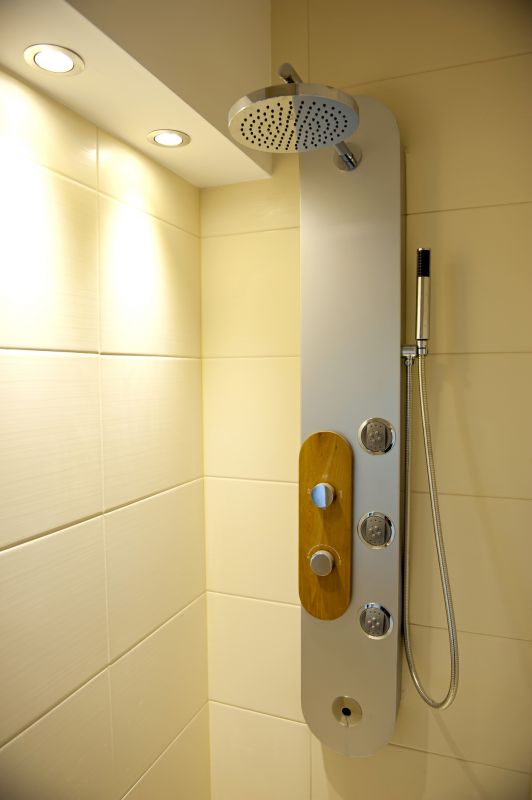Shower Fixture Installation
Welcome to Aberdeen Showers
Shower Fixture Installation
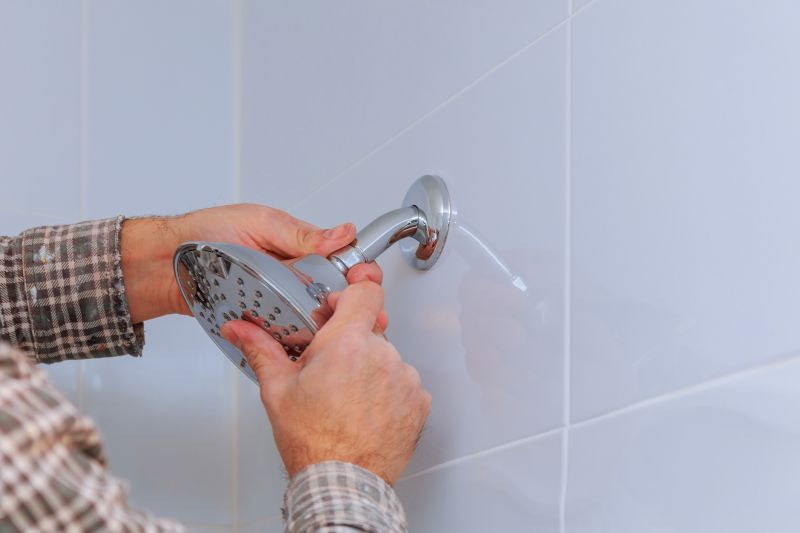
About Shower Fixture Installation
Shower fixture installation is a significant aspect of bathroom design and renovation that can greatly influence both functionality and aesthetics. When selecting new fixtures, homeowners should consider various factors including water pressure, style, and the overall layout of the bathroom. Understanding these elements can help in making informed decisions that enhance the shower experience.
One of the primary considerations during installation is the type of showerhead. Options range from fixed showerheads to handheld models, and even rain showerheads that provide a luxurious feel. Each type has its own set of advantages, and the choice often depends on personal preference and the specific needs of the household.
Water pressure is another critical factor to consider. It's essential to choose fixtures that are compatible with the existing plumbing system to ensure optimal performance. Some showerheads are designed to work well with low water pressure, while others require a stronger flow to function effectively.
The material and finish of the shower fixtures also play a crucial role in the overall look and durability. Common materials include stainless steel, brass, and chrome, each offering different levels of durability and resistance to corrosion. Homeowners should select a finish that not only complements the bathroom decor but also withstands the humidity and wear over time.
Installation height is another important decision. The height at which the showerhead is installed can affect comfort and accessibility, especially in households with individuals of varying heights. Adjustable showerheads or dual shower systems can provide flexibility and accommodate different preferences.
For those looking to incorporate additional features, modern shower fixtures offer options such as built-in LED lights, water-saving technology, and even Bluetooth connectivity for an enhanced bathing experience. These features can add convenience and a touch of modernity to the bathroom.
When planning a shower fixture installation, it is also beneficial to consider the type of shower valve that will be used. The valve controls the water temperature and flow, and options include thermostatic and pressure-balancing valves. Each serves a specific purpose and enhances safety and comfort in the shower.
Finally, homeowners should think about the maintenance requirements of their chosen fixtures. Some materials and finishes require more upkeep than others to maintain their appearance and functionality. Regular cleaning and occasional servicing can prolong the life of the fixtures and keep them in optimal condition.
- Consider the type of showerhead: fixed, handheld, or rain showerhead
- Evaluate water pressure compatibility
- Choose materials and finishes wisely
- Decide on the installation height
- Explore additional features like LED lights or water-saving technology
- Select the appropriate shower valve type
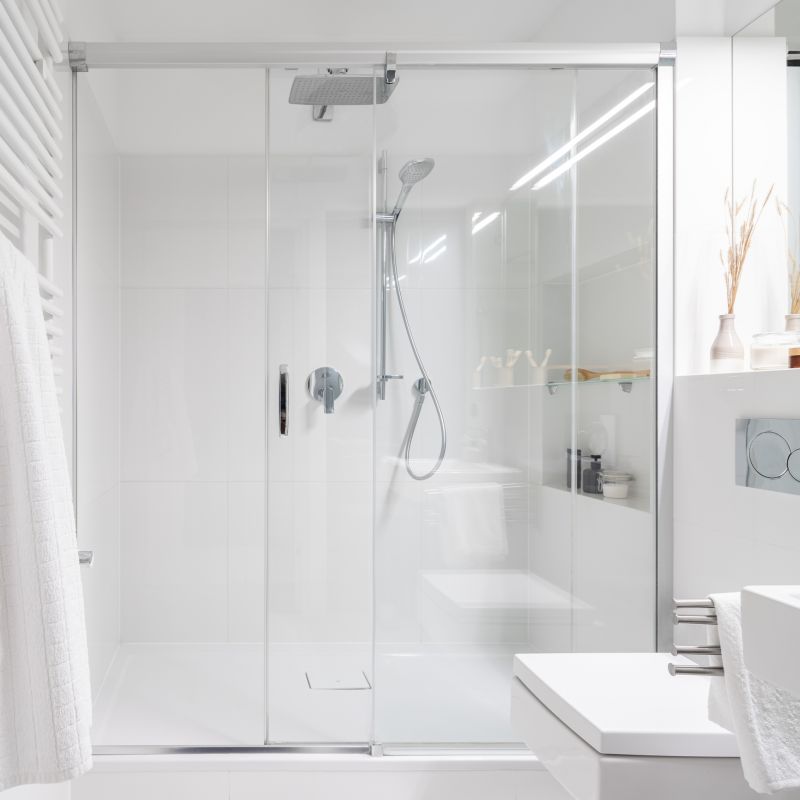
Choosing the Right Shower Fixture for Your Bathroom
A Comprehensive Guide to Selecting Shower Fixtures
When renovating or updating a bathroom, selecting the right shower fixture is a crucial decision that impacts both the functionality and aesthetics of the space. With a wide range of styles, materials, and features available, homeowners have the opportunity to tailor their choice to fit their personal preferences and the overall design of the bathroom.
One of the first considerations when choosing a shower fixture is the type of showerhead that best suits your needs. Options range from traditional fixed showerheads to more versatile handheld models. Fixed showerheads are mounted directly to the wall and offer a classic look, while handheld showerheads provide flexibility and ease of use, particularly beneficial for families with children or pets.
Another important factor is the finish of the shower fixture. Common finishes include chrome, brushed nickel, oil-rubbed bronze, and matte black. Each finish offers a distinct look and feel, allowing homeowners to match the fixture with other bathroom elements such as faucets and towel bars. It's advisable to consider the maintenance and durability of each finish as well, as some may be more prone to water spots or tarnishing.
Water pressure and flow rate should also be taken into account. Some showerheads are designed to conserve water while maintaining a strong flow, which can be an important consideration for environmentally conscious homeowners. Checking the water pressure in your home can help determine the most suitable showerhead, ensuring a satisfying shower experience without compromising on efficiency.
For those looking to enhance the shower experience, additional features such as massage settings, rain shower effects, or built-in LED lighting can be appealing. These features can transform a standard shower into a spa-like retreat, offering relaxation and luxury within the comfort of your home.
Installation requirements are another aspect to consider. While some fixtures are compatible with existing plumbing setups, others may require modifications or additional components. It's important to assess the current plumbing configuration and consult with a professional if necessary to ensure a smooth installation process.
- Consider the type of showerhead: fixed or handheld.
- Choose a finish that complements other bathroom fixtures.
- Evaluate water pressure and flow rate preferences.
- Explore additional features for enhanced comfort.
- Assess installation requirements and compatibility.
In conclusion, selecting the right shower fixture involves balancing style, functionality, and personal preferences. By considering factors such as showerhead type, finish, water pressure, and additional features, homeowners can find the perfect fixture that meets their needs and enhances their bathroom's overall appeal.
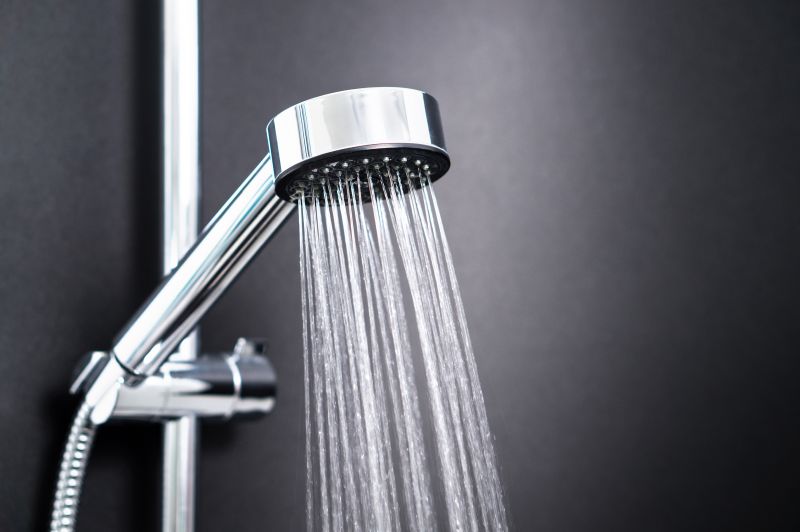
Step-by-Step Guide to Installing a Shower Fixture
DIY Installation Tips for Shower Fixtures
Installing a shower fixture can transform the look and functionality of a bathroom. Whether updating an old fixture or installing a new one, this process requires careful planning and execution. Before beginning, ensure all necessary tools and materials are available, and the water supply is turned off to prevent leaks or water damage.
The first step involves removing the existing fixture, if applicable. Carefully unscrew the old fixture, being mindful of any water still trapped in the pipes. Once removed, clean the area thoroughly to ensure a smooth surface for the new installation. This helps in preventing any leaks and ensuring a secure fit for the new fixture.
Next, prepare the new shower fixture for installation. Follow the manufacturer's instructions for assembling the various components. This usually involves attaching the showerhead and any accompanying parts, such as the arm and flange. Ensure all connections are tight to prevent future leaks.
Once the fixture is assembled, it's time to attach it to the plumbing. Align the fixture with the existing plumbing connections and secure it in place. Use plumber's tape on threaded connections to ensure a watertight seal. Tighten all connections with a wrench, but be careful not to overtighten, as this can damage the fixture or plumbing.
After installation, turn the water supply back on and test the new fixture. Check for any leaks around the connections and make adjustments as necessary. It's important to ensure that the water flows freely and the fixture is securely in place. If any issues arise, double-check the connections and re-tighten as needed.
To complete the installation, consider adding a few finishing touches. This can include sealing around the fixture with silicone caulk to prevent water from seeping into the wall. Additionally, ensure that all parts of the fixture are polished and free of fingerprints or smudges for a professional appearance.
- Ensure all necessary tools are on hand before starting.
- Turn off the water supply before removing the old fixture.
- Use plumber's tape for a watertight seal on threaded connections.
- Check for leaks after installation and make adjustments if necessary.
- Seal around the fixture with silicone caulk for added protection.
